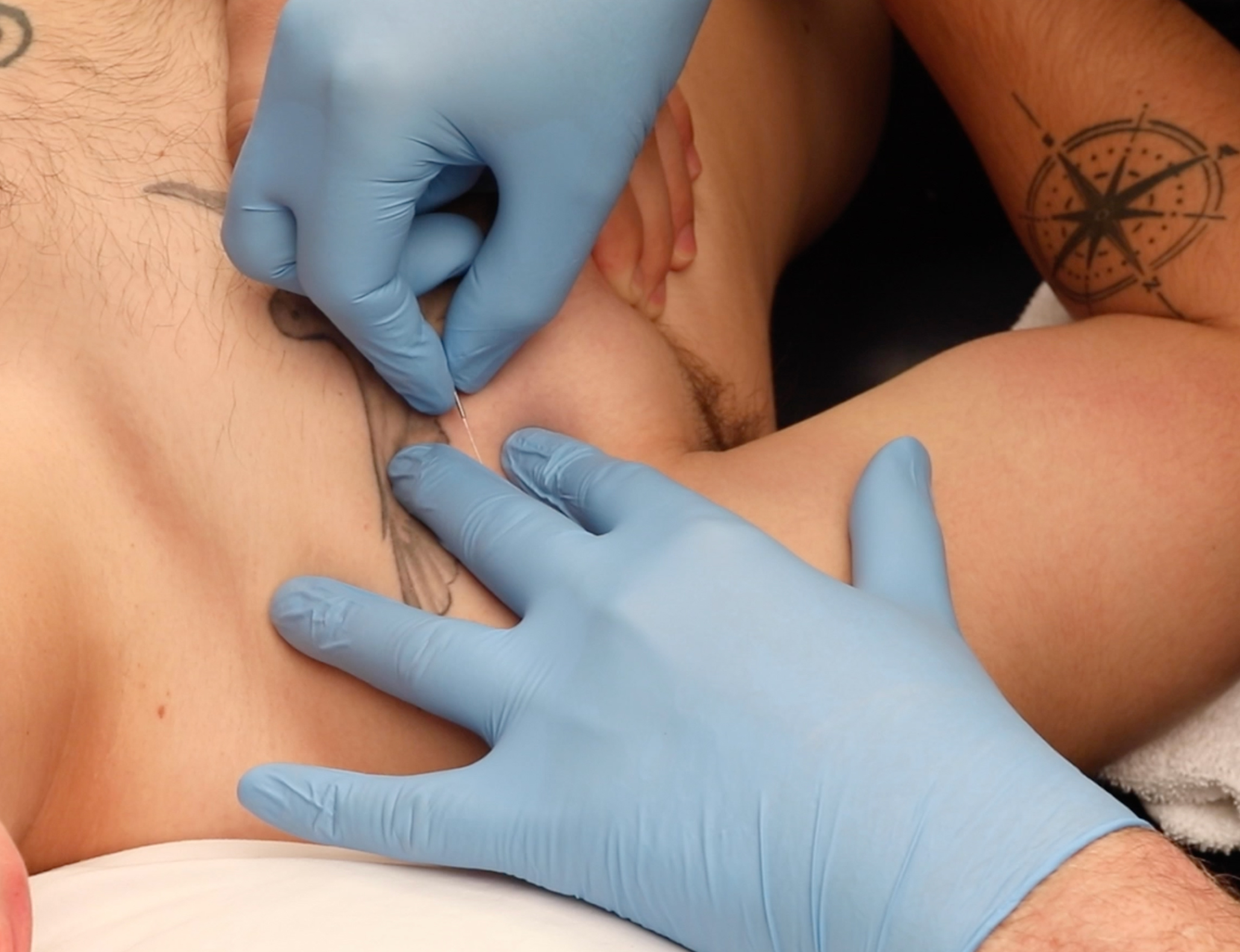Savas Koutsantonis, PT, DPT, CMTPT

A personal trainer and gym owner noticed weakness in his right bicep during his workouts. This is his dominant side and has always been his stronger limb. After months of seeing this strength deficit, he also noticed atrophy in the distal short head of his bicep.
He consulted an orthopedist who ordered an MRI of his cervical spine, in which the findings were normal. Next, a nerve conduction study was performed, which was normal. He then came to see me for an assessment, and after I saw the degree of atrophy, I, too, felt there must be neurological involvement. I, therefore, sent him to a well-known physiatrist who contacted me immediately after examining him and stated that he, too, thought he had obvious signs of neurological involvement. The physiatrist personally performed another nerve conduction study, and as you might predict, this, too, resulted in normal findings.

With all these negative findings, I thought, what innervates the biceps? Answer: the musculocutaneous nerve, which happens to pass through the coracobrachialis muscle. Maybe that could be the issue, compression, or entrapment of the nerve as it passes through the muscle. I, therefore, began targeting the coracobrachialis muscle.
I treated him once per week for eight weeks with dry needling focusing on the coracobrachialis, along with the pectoralis minor and scalene muscles (even though he had no pain in those regions). He had good knowledge of anatomy and was able to be instructed in self-trigger point compression of the coracobrachialis. Within the two months that he attended physical therapy, he began to experience increased strength. Eventually, he slowly restored the atrophied area through the rest of the year.
Dry needling is used for pain management and restoring mechanics, muscle activation/function, and, in this case, reducing compression on peripheral nerves.

